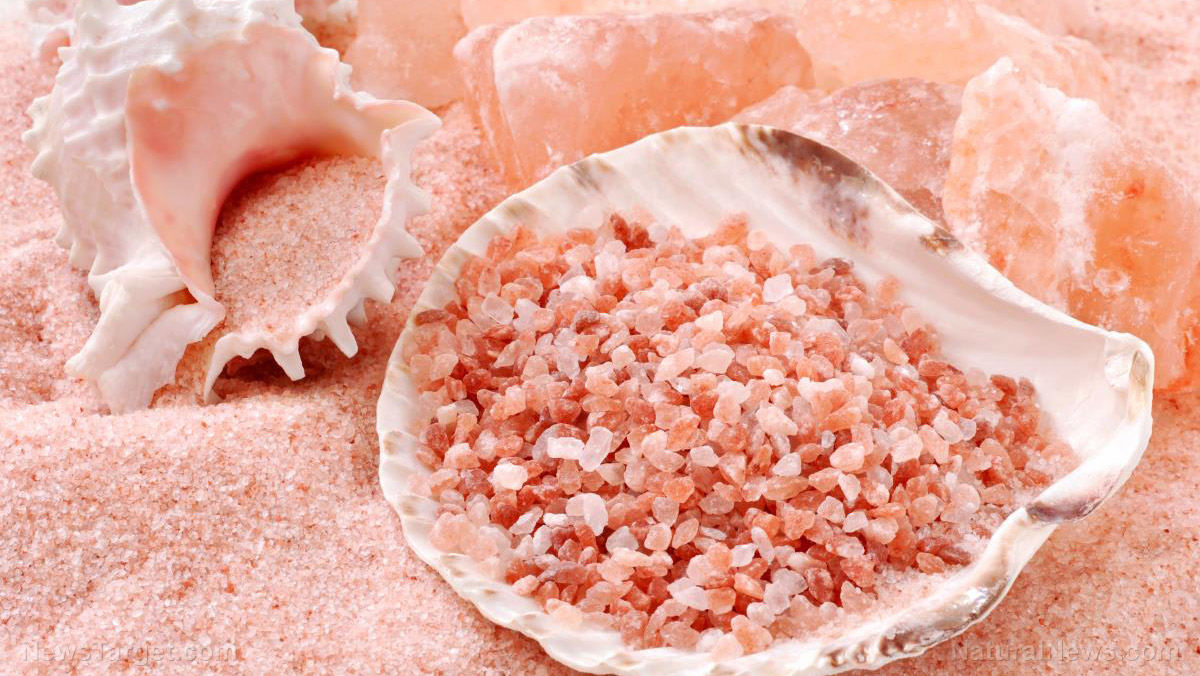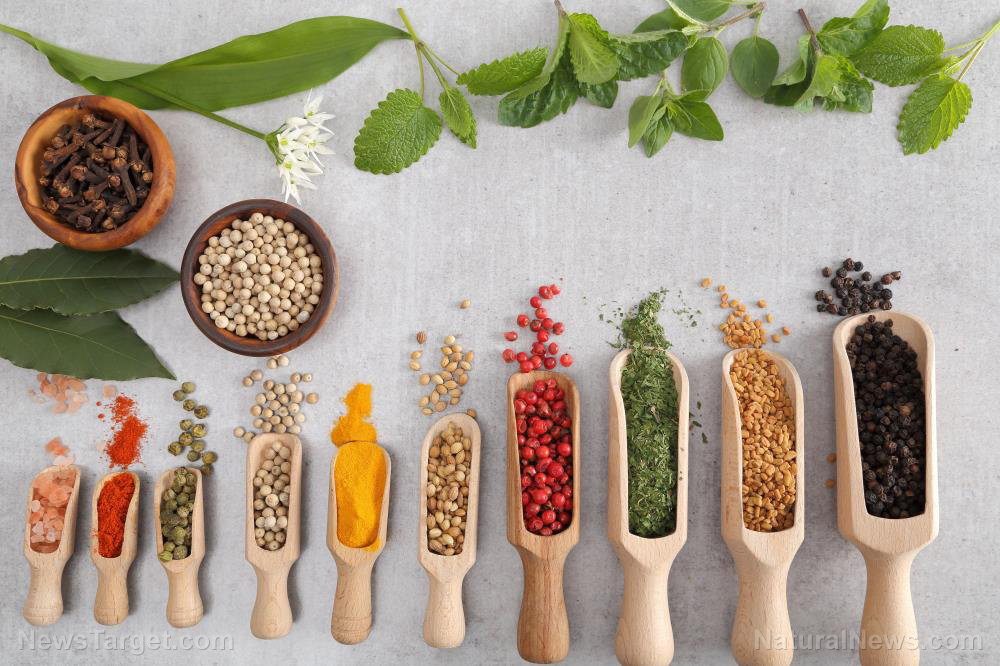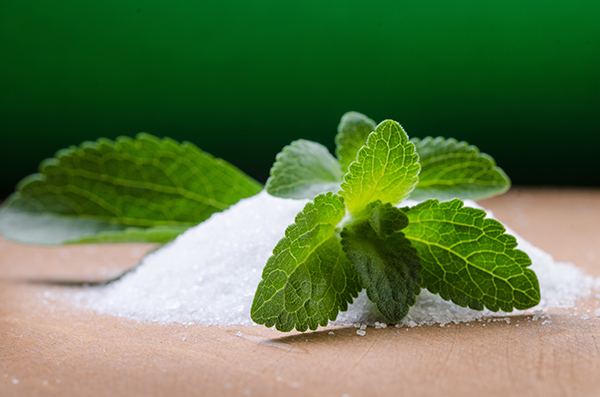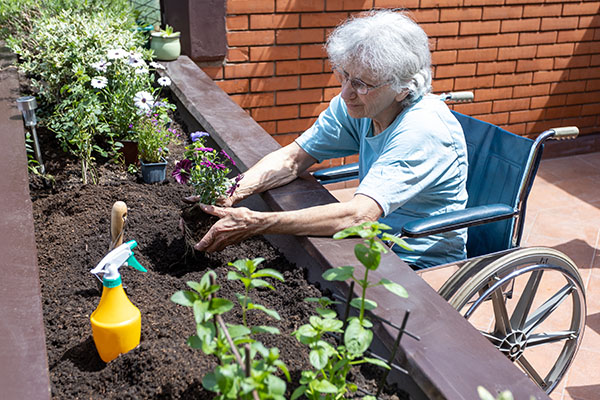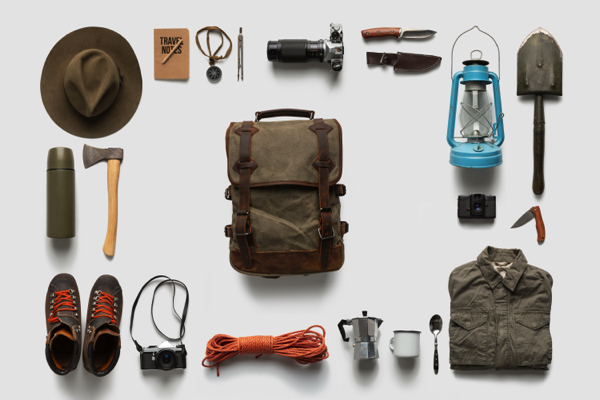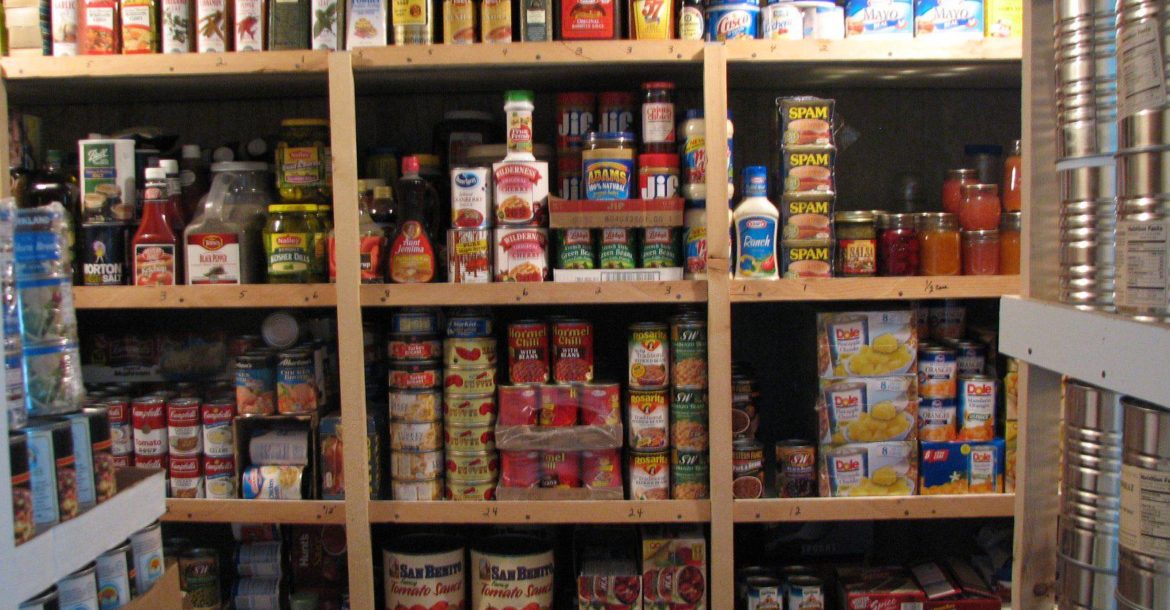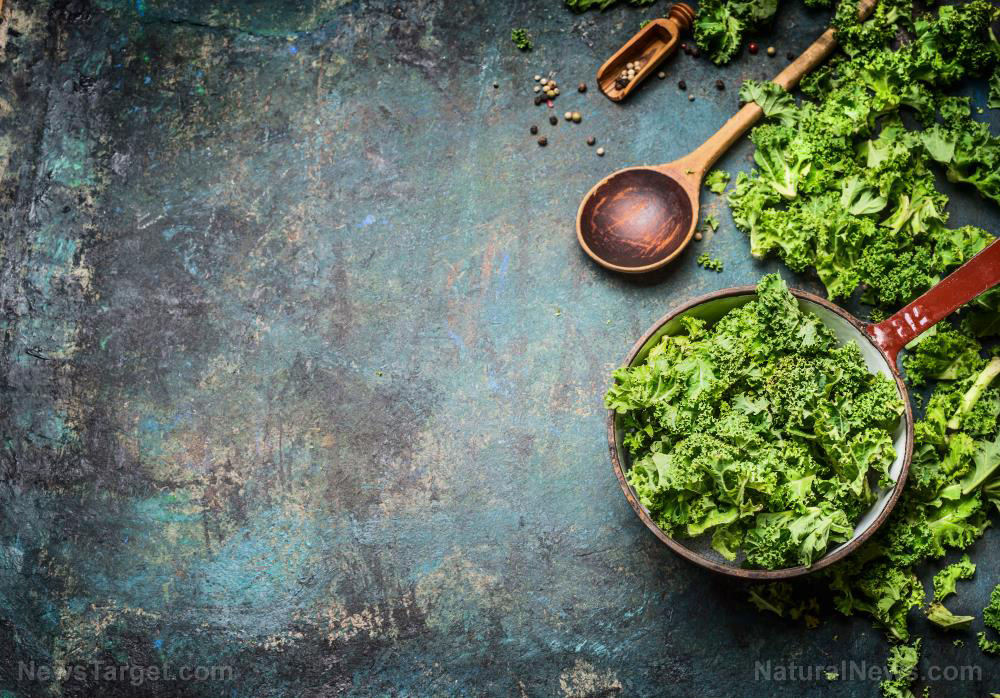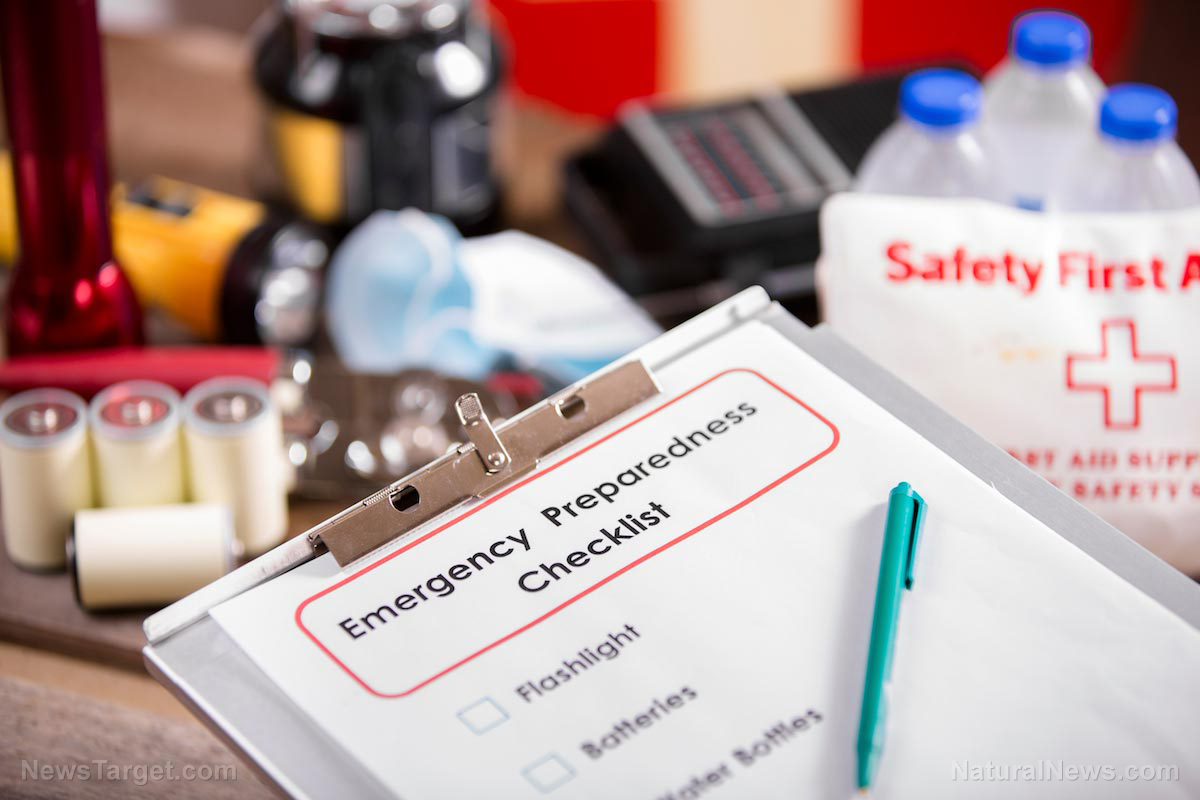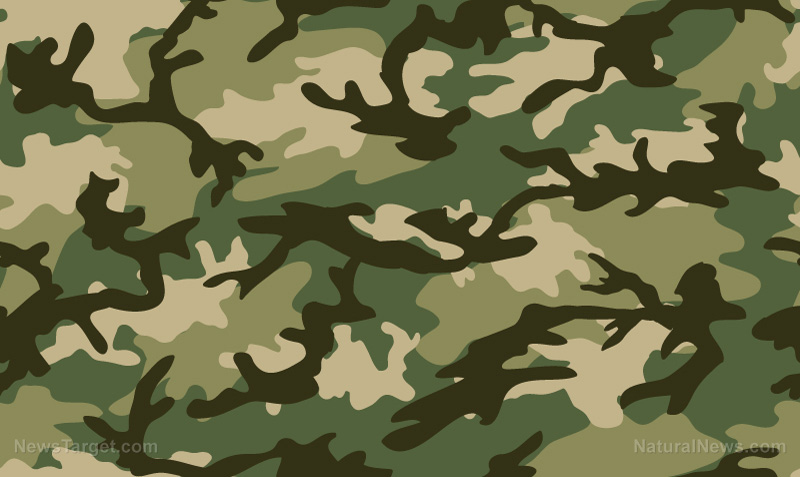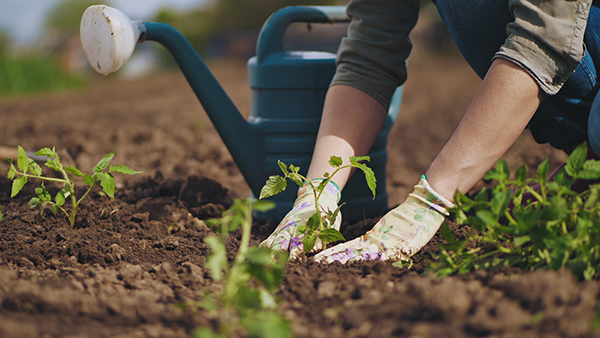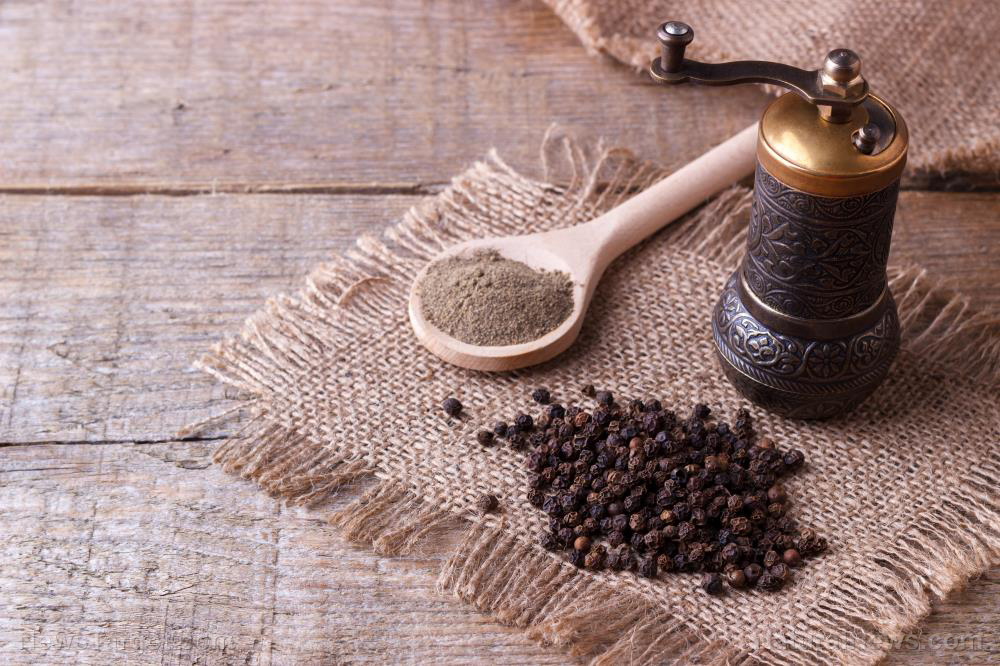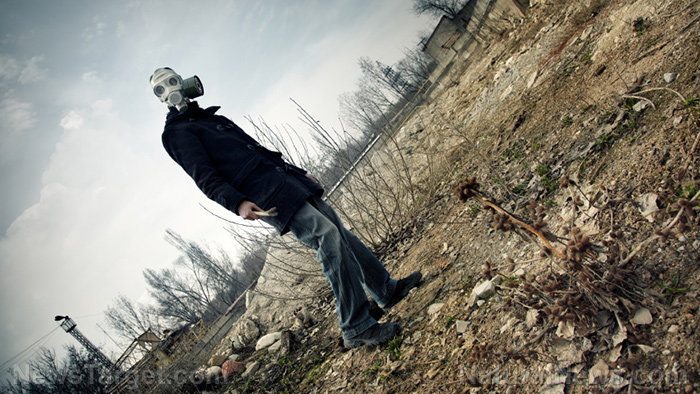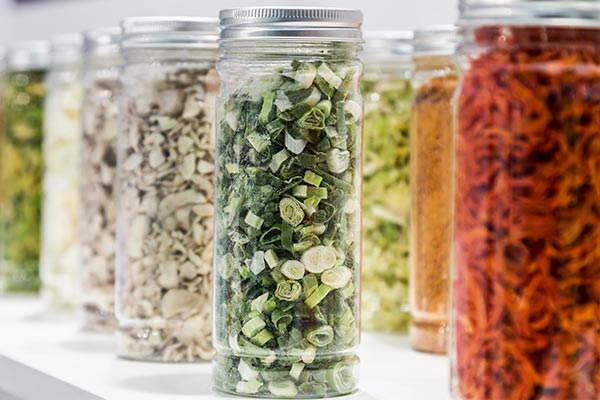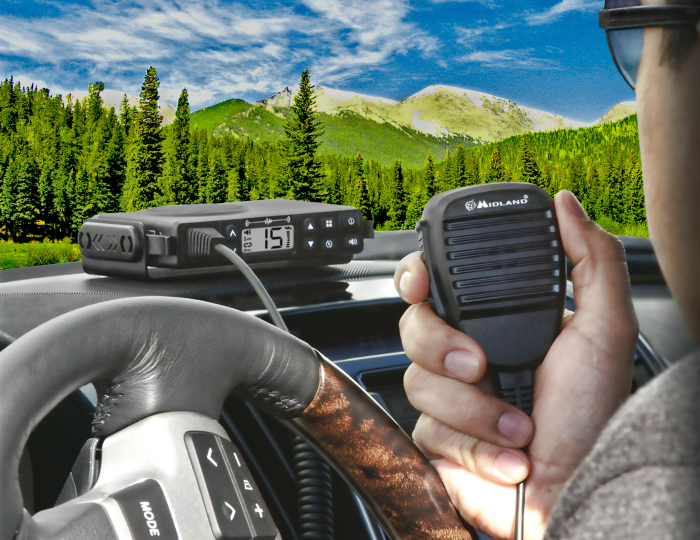Sprouts: Your perfect emergency preparedness food choice
We are building the infrastructure of human freedom and empowering people to be informed, healthy and aware. Explore our decentralized, peer-to-peer, uncensorable Brighteon.io free speech platform here. Learn about our free, downloadable generative AI tools at Brighteon.AI. Every purchase at HealthRangerStore.com helps fund our efforts to build and share more tools for empowering humanity with knowledge and abundance.
03/13/2024 / By Zoey Sky
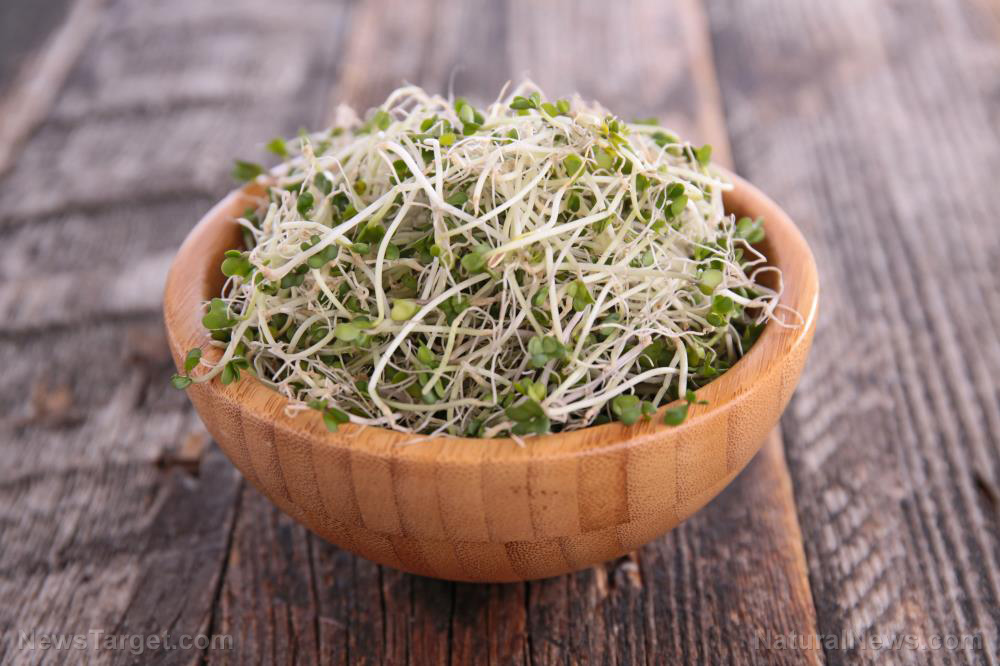
For a newbie prepper, deciding which food items to stock up on can be overwhelming. If you’re not sure where to start, focus on stockpile staples like canned food, dried foods and nutritious items like sprout powders.
Starting your prepper stockpile before SHTF ensures that your family has access to shelf-stable, nutritious food when things go south and you can’t buy things at the grocery store. (h/t to WeLovePrepping.com)
Tips for starting your prepping stockpile
Food prepping for emergency scenarios involves starting a supply of long-lasting food items and implementing proper storage techniques to preserve quality and prevent spoilage.
The tips below can help you get started:
Assess your family’s emergency food needs
When prepping food for SHTF scenarios, you must assess your family’s unique needs. Start by calculating the calories required per person based on age, health status and activity levels.
Next, determine the quantity and type of food items needed to meet those needs over a specific period, accounting for potential spoilage. Usually, you can do with a three to six-month supply. (Related: Stock up on nascent iodine to protect your thyroid from radioactive iodine in case of a nuclear emergency.)
Choose prepper food that suits your survival needs
You can find a variety of suitable prepper foods found at regular grocery stores.
Make the most of your prepping budget by purchasing nutritious, non-perishable items with long shelf lives like beans, canned meat and fish, honey, rice, salt and cooking oil.
Try to avoid foods requiring refrigeration or frequent rotation. When making a list of things to buy, choose items your family likes and doesn’t mind eating a lot of to avoid waste when it’s time to hunker down.
Consider the nutritional variety and calories and ensure that you maintain optimal health by stocking up on vitamins, supplements or sprout powders.
Save money by incorporating affordable prepper food into your survival plan
Starting a food stockpile can be expensive, but you can save some money by incorporating cost-effective options without sacrificing nutrition.
You can buy staple ingredients like beans, pasta and rice in bulk. Another option is to check sales and promos for canned or pouched chicken, salmon and tuna.
Learn how to forage so you can harvest berries, various greens and mushrooms for free. For a long-term option, start a home garden and grow organic fruits and vegetables.
Foods to stock up on before SHTF
When prepping food for long-term emergency situations, you should focus on shelf-stable items that can last a long time without refrigeration.
Here are some suggestions for your stockpile:
Canned food
Canned foods like meats, soups, vegetables and fruits can last for years past their printed expiration date if stored properly. Prioritize high-acid foods like tomatoes that can last 18 months or even longer.
Low-acid foods like meats and vegetables can last for at least three to five years when canned.
Dried beans
Beans are another great item for your stockpile because they are full of protein and fiber. Stock up on dried black beans, chickpeas, lentils and pinto beans.
Dried beans will last indefinitely when stored in airtight containers.
Fats and oils
You need fats like lard olive oil, shortening and vegetable oil for cooking and to help round out calories. Buy small bottles and rotate your stock to prevent spoilage.
Rice and grains
Grains like oats and rice are cheap, long-lasting carb sources to stockpile.
Choose white rice over brown because the former has a longer shelf life. Store rice and grains in airtight containers.
Sprouts
Sprouts, which come from sprouting seeds like broccoli seeds, are also great for your stockpile because they are full of vitamins and minerals.
When dealing with a long-term SHTF scenario, having a reliable source of nutrients like sprouts ensures that you stay healthy.
To save time and money, you can stock up on sprout powders, a more convenient form of sprouts.
Stock up on broccoli sprout powder today
Broccoli sprouts are the newly sprouted seeds of the Brassica oleracea var. italica plant, a cruciferous vegetable related to wild cabbage. Despite their unassuming size, broccoli sprouts pack an impressive nutritional punch, which is why they are considered one of the world’s most nutritious vegetables.
Made from organic broccoli sprouts, Health Ranger Select Organic Broccoli Sprout Powder is vegan, non-GMO, non-China and is certified Kosher and organic.
Our premium formula for Health Ranger Select Organic Broccoli Sprout Powder contains no gluten, artificial sweeteners, colors, preservatives or other additives and is lab-tested for glyphosate, heavy metals and microbiology.
Watch the video below to learn more about Health Ranger Select Organic Broccoli Sprout Powder.
This video is from the Health Ranger Store channel on Brighteon.com.
More related stories:
Emergency food prep: Stock up on manuka honey, a must-have survival food and barter item.
Before SHTF, stock up on miso, a great long-term storable food source of antioxidants.
Sources include:
Submit a correction >>
Tagged Under:
broccoli sprouts, emergency stockpile, emergency supplies, food freedom, food independence, Food storage, food supply, homesteading, how-to, nutrients, off grid, preparedness, prepper, prepper pantry, prepping, prepping stockpile, SHTF, sprout powders, sprouts, survival, survival stockpile, tips
This article may contain statements that reflect the opinion of the author
Get independent news alerts on natural cures, food lab tests, cannabis medicine, science, robotics, drones, privacy and more from NewsTarget.com
Get independent news alerts on natural cures, food lab tests, cannabis medicine, science, robotics, drones, privacy and more from NewsTarget.com
RECENT NEWS & ARTICLES
COPYRIGHT © 2017 · SURVIVAL NEWS

